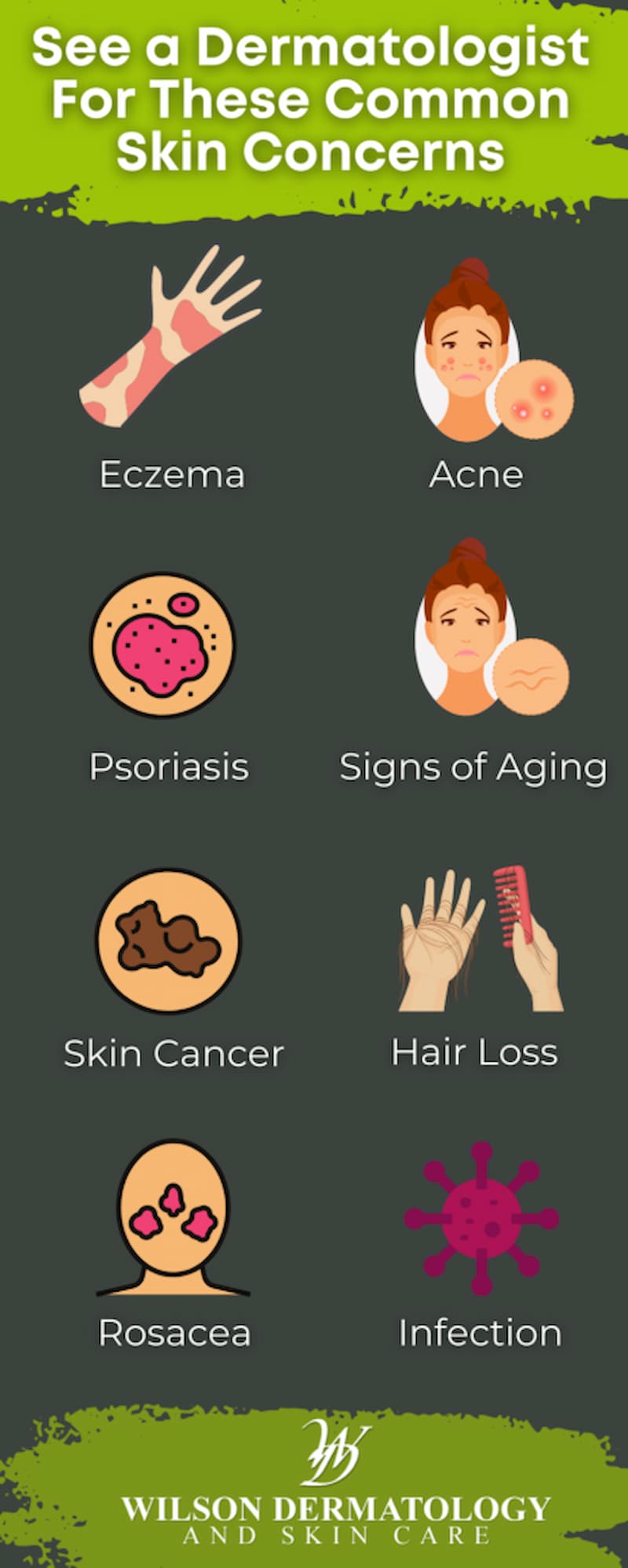Give your skin a fresh look a professional chemical peel for smoother, glowing skin.
Give your skin a fresh look a professional chemical peel for smoother, glowing skin.
Blog Article
Browsing Skin Cancer Cells Treatment: The Essential Function of Mohs in Modern Dermatology Practices
Skin cancer cells, a difficult medical diagnosis, commonly leaves clients grappling with numerous treatment alternatives. Among these, Mohs surgical procedure stands as a sign in modern-day dermatology, renowned for its thorough strategy to cancer elimination and conservation of surrounding healthy and balanced tissue. This innovative technique assures not only premium cosmetic outcomes however additionally provides immediate results, alleviating person stress and anxiety. As we explore the complexities of this treatment, one will value its essential role in skin cancer cells therapy.
Understanding Skin Cancer: Kinds and Threats
Skin cancer cells, a potentially serious condition, is far extra common than several people realize. This condition, brought on by the unrestrained growth of abnormal skin cells, largely results from DNA damage as a result of exposure to the sunlight and ultraviolet (UV) light. There are three main kinds of skin cancer cells: Basal cell cancer, Squamous cell cancer, and Cancer malignancy. While the previous two are much less lethal and compose the bulk of diagnosed instances, cancer malignancy is one of the most hazardous. It accounts for only regarding 1% of skin cancer cells cases however causes the large bulk of skin cancer deaths - mohs surgery. Risk elements consist of reasonable skin, background of sunburn, too much sun direct exposure, living at high altitudes or near the equator, having several moles, a household history of skin cancer cells, and compromised immune system.
What Is Mohs Surgical treatment and Exactly How It's Reinventing Skin Cancer Cells Therapy
In spite of the numerous treatments currently offered for skin cancer cells, Mohs surgery attracts attention as a groundbreaking and very effective solution. Named after Frederic E. Mohs, the doctor that established the procedure, Mohs surgery is an accurate surgical technique used to treat skin cancer cells. Throughout the treatment, thin layers of cancer-containing skin are gradually eliminated and examined until only cancer-free cells continues to be. This approach allows the surgeon to validate that all cancer cells have actually been removed at the time of surgical treatment. This degree of precision, incorporated with the capacity to save as much healthy cells as possible, is transforming skin cancer cells therapy. Consequently, Mohs surgery has actually become a cornerstone of modern dermatology methods.
The Advantages of Mohs Surgical Treatment Over Typical Skin Cancer Therapies
Building on the cutting-edge nature of Mohs surgical treatment, it's critical to consider its countless benefits over typical skin cancer cells therapies. Unlike standard procedures, Mohs provides a greater treatment rate, usually reaching 99% for newbie therapies and 94% for recurrent cancers. Additionally, it lessens damage to healthy skin, leading to much less scarring and boosted cosmetic end results.
The Treatment of Mohs Surgery: What to Expect During the Process

Possible Adverse Effects and Post-Operative Treatment of Mohs Surgery
Going through Mohs surgery, like any other surgery, includes potential adverse effects that clients should know. Typical adverse effects include discomfort, bruising, and swelling at the surgical treatment website. These are normally short-term and convenient with over-the-counter discomfort medication and ice packs. In uncommon cases, patients may experience infection, blood loss, or an allergy to the local anesthetic. Post-operative treatment is important to recovery and lessening adverse effects. This commonly involves keeping the wound tidy and completely dry, taking recommended drugs, and avoiding exhausting activities. Patients must additionally participate in all follow-up appointments for wound care and tracking. In some instances, added treatments might be necessary to make sure complete removal of the malignant cells. Sticking to these post-operative care guidelines can substantially improve healing and results.
Final thought

Report this page